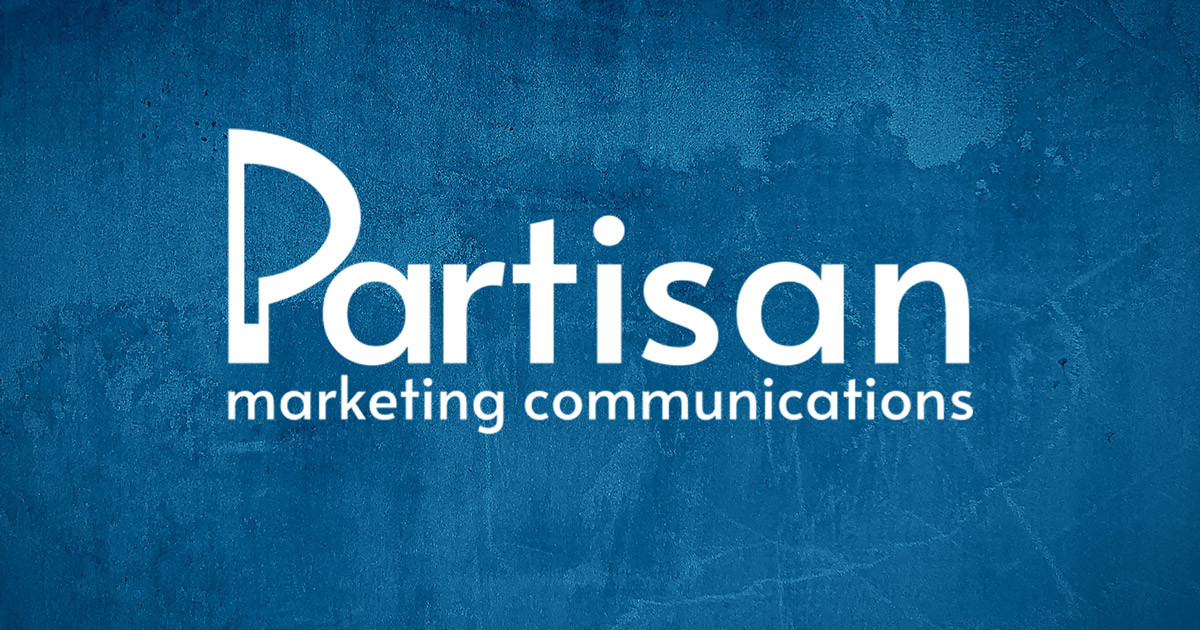
It is a type of marketing that relies on using unconventional and inexpensive methods to achieve great results through surprise and creativity. It aims to attract attention and make a great impact using limited resources, and often includes unexpected or innovative strategies that interact directly with the audience.
Characteristics of Partisan Marketing
1. Creativity: It relies on innovative and new solutions to attract attention in an unconventional way.
2. Low cost: It aims to achieve maximum impact at the lowest possible cost.
3. Surprise: It uses the element of surprise to create an unexpected experience for the audience.
4. Direct interaction: It encourages direct interaction with the audience and creates a unique experience.
5. Local orientation: It can be directed towards local communities or special events.
Benefits and features of Partisan Marketing
1. Cost-effective: It can be less expensive compared to traditional advertising, but it provides a great impact.
2. Wide spread: It may lead to wide spread thanks to the element of surprise and social interaction.
3. Increased interaction: It enhances audience interaction and interest in the brand through unconventional experiences.
4. Brand differentiation: It helps to differentiate the brand thanks to innovative and surprising methods.
Disadvantages of Partisan Marketing
1. Risks of failure: The campaign can be ineffective if it is not executed properly or the audience does not respond to it.
2. Limited impact: The impact may be limited at the brand level if it is not executed carefully.
3. May not suit all markets: Some methods may not be suitable for all markets or target groups.
4. Unexpected expectations: It can sometimes cause negative or unexpected reactions if all factors are not taken into account.
Types of Partisan Marketing
1. Interactive advertising: Creating surprising interactive experiences in public places.
2. Surprise promotions: Organizing unexpected events or campaigns to attract attention.
3. Street marketing: Using public spaces in an innovative way to promote the brand.
4. Mural arts: Using street arts to promote products or messages.
Real-life examples
1. The Blair Witch Project campaign: This campaign used bartending marketing by creating rumors and fake images about the movie before its release, which led to a significant increase in interest.
2. Kit Kat campaign: Kit Kat implemented an unconventional marketing campaign by creating “Kit Kat rooms” in public places, where people could relax and eat chocolate, which attracted significant attention.
3. IKEA campaign: IKEA used “portable bedrooms” in one of the campaigns, where they created small portable bedrooms in unexpected places such as train stations to attract the attention of travelers and allow them to experience the products directly.
Bartending marketing is a marketing strategy that relies on using unconventional and surprising methods to achieve a high impact at a low cost. It is characterized by creativity, surprise, and direct interaction with the audience, which enhances their engagement and interest in the brand. Despite its great benefits in attracting attention and differentiation, it may face challenges such as the potential risks of failure and its suitability for all markets. By using this type of marketing, brands can achieve a high impact through innovative and effective solutions.

01/09/2024

18/08/2024

25/08/2024

17/08/2024

15/08/2024

30/08/2024

23/08/2024

26/08/2024

18/08/2024

31/08/2024

30/08/2024

18/08/2024

01/09/2024

20/08/2024

22/08/2024

01/09/2024

31/08/2024

18/08/2024

22/08/2024

15/08/2024